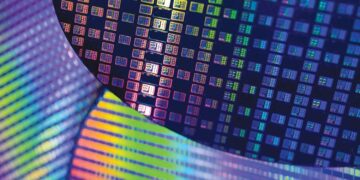Login to Continue Learning
According to a report by ChinaTimes, TSMC’s N2 node and its derivatives are rumored to see a significant price increase, potentially as high as 50%. However, it is important to approach this rumor with caution, given the uncertainty surrounding TSMC’s pricing until mass production begins. The report suggests that ‘semiconductor inflation’ may be driving this price hike, which could be necessary for TSMC to achieve the 2nm node size.
Next year, mobile phone chips will enter the 2-nanometer era. However, industry reports indicate that TSMC’s capital expenditure for advanced processes is substantial, and yield rates have already met standards. Therefore, there are no discounts or bargaining strategies currently available.
A significant factor in TSMC’s 2nm node this time is a ‘radical shift’ in demand from mobile products to High-Performance Computing (HPC) ones. Companies like NVIDIA and AMD are poised for early adoption of these new nodes. Traditionally, cutting-edge nodes were initially adopted by mobile SoCs, but this time it seems HPC products could arrive sooner. A previous report indicated that ten out of fifteen TSMC 2nm customers are HPC-oriented.
This might explain why TSMC could proceed with a massive price increase for 2nm production, as HPC customers have the capacity to absorb higher costs. However, this remains speculation and is not certain.
Regarding products planned around TSMC’s 2nm nodes, NVIDIA’s Rubin Ultra and AMD’s Instinct MI450 AI lineups are expected to feature the new technology. Interestingly, RTX ‘Rubin’ GPUs and AMD’s Zen 6 CPUs are also rumored to use N2, suggesting broader adoption.
Given a potential 50% price increase, consumer product prices will likely rise accordingly, making next-gen CPUs and GPUs much more expensive.



















